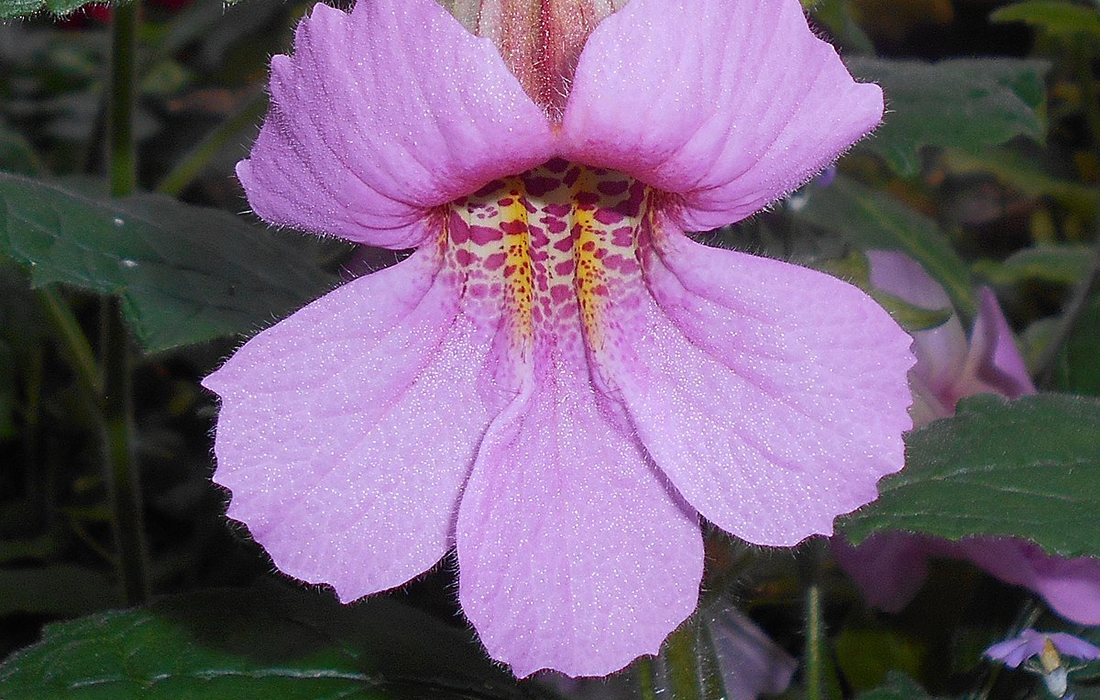Nutrition and Supplements
What Are The Health Benefits of Chinese Foxglove?
Chinese Traditional Medicine
According to practitioners of traditional Chinese medicine, rehmannia glutinosa, a wild herb also known as Chinese foxglove, can balance the yin. The herb grows in parts of northern and northeastern China, and has been used in medicine for over 2,000 years.
Its thick brownish-black roots are usually harvested in the fall and used for a variety of medical purposes. It has been commonly used in traditional Chinese medicine to treat multiple conditions such as allergies, anemia, cancer, constipation, diabetes, fever, high blood pressure, bacterial and fungal infections, and other conditions.
Health Benefits
Protection against Neurodegenerative disorders
In a study published in the British Journal of Pharmacology, researchers found that catalpol, a chemical in rehmannia, might be able to prevent cell death caused by neurodegenerative disorders.
The study researchers found that catalpol stimulated expression of BCL-2, a cellular protein that inhibits apoptosis, while also inhibiting BAX, a pro-apoptotic protein.
Osteoporosis
An animal study evaluating the effects of R. glutinosa extracts on ovariectomy-induced osteoporosis in rats showed an alleviation of decreased trabecular bone mineral density and increased cortical bone thickness and trabeculation of bone marrow spaces. R. glutinosa extracts may enhance bone metabolism in osteoporosis by stimulating the proliferation and activity of bone-forming osteoblasts and inhibiting generation and activity of bone-resorbing osteoclast.
Diabetes
Decreased hyperglycemia was demonstrated in several studies in which diabetes had been induced in animals. Also, protective effects were documented for diabetic nephropathy and obesity in animal models.
Inflammatory/Immunomodulatory effects
In animal studies, R. glutinosa has exerted effects on the immune system, including enhanced T-lymphocyte activity, reduction of histamine release and tumor necrosis factor production, and inhibition of hemolytic plaque-forming cells.
Wound healing
In animal models of diabetic foot ulcer, enhanced fibroblast cell viability occurred, as well as a trend toward decreased wound area and greater epithelialization.
In combination with Radix astragali, Radix rehmanniae has been studied in the healing of diabetic foot ulcers. Improved wound healing and sensation at 6 months was reported in a study involving 16 participants.
Conclusions
Rehmannia glutinosa has been used for the treatment of multiple health conditions in Traditional Chinese Medicine. Although the majority of studies have been performed in animal models, they have found good results and with no major adverse effects. Like with many other herbal supplements and nutritional supplements it is hard to prove their effects and standardize an adequate dose for every condition.
This information is not specific medical advice and does not replace information you receive from your healthcare provider. You should talk with your health care provider for complete information about the risks and benefits of using this product.
Sources:
Rena Goldman. (2017, Sep 1). Rehmannia: A Chinese Mystery. Healthline. Retrieved from: https://www.healthline.com/health/rehmannia-traditional-chinese-medicine#Are-There-Side-Effects?
Wenna Chen, et al. Neuroprotective activities of catalpol against CaMKII-dependent apoptosis induced by LPS in PC12 cells. 2013. Br J Pharmacol. https://doi.org/10.1111/bph.12200
https://www.webmd.com/vitamins/ai/ingredientmono-1155/rehmannia
https://www.drugs.com/npp/chinese-foxglove.html#24330156
Image from:
Salicyna, CC BY-SA 4.0 <https://creativecommons.org/licenses/by-sa/4.0>, via Wikimedia Commons. Image cropped for format pruporses.

